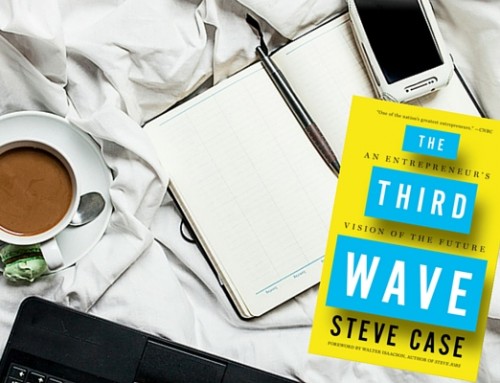Doctors conduct postmortems to figure why people died. They do this to solve a crime, prevent the death of others, and satisfy curiosity. However, once somebody dies, it’s too late to help him.
Entrepreneurs and their investors also often analyze why a product, service, or company died—especially if it’s someone else’s company. And, as in the case of dead people, a postmortem is too late to do much good for a defunct product, service, or company. Enter the concept of premortems, coined by Gary Klein, chief scientist of Klein Associates, and author of Sources of Power: How People Make Decisions.
His idea is to get your team together and pretend that your product has failed. That’s right: failed, cratered, imploded, or “went Aloha Oe,” as we say in Hawaii. You ask the team to come up with all the reasons why the failure occurred. Then each member has to state one reason until every reason is on a list. The next step is to figure out ways to prevent every reason from occurring.
You can’t ask the team to report the issues and challenges because regular meetings are governed by mind games and unwritten rules—for example, not embarrassing your friends, not looking like a poor team player by criticizing others, and not making enemies. You can’t tell me that everyone is completely open and honest in these gatherings.
By contrast, people are not laying blame on one another and on other groups in a premortem (a properly conducted one, anyway). Everyone is compiling a list of all the hypothetical factors that may come into play. And “all” means “all,” because it would be shame if someone had thought of an issue but then dismissed it as not important enough to mention.
This post is a tiny part of Guy Kawasaki’s latest book, The Art of the Start 2.0. Read it and reap…



I don’t remember this part of the book. Have you done this for Canva, and how has it turned out. I have used Canva for the construction of about 10 posters, avoiding any charge because I have a large photo file stretching back 40, 50 years thanks to negative digitization tech. I failed in NYC due to the lack of capitalization, and diversification in the same industry didn’t save me. The lack of an account from the get go was an additional failure and a hard lesson was learned.
nice
Accountant, not account, to be clear, you must have an accountant who guides all decisions for the short and long term.
I have personally seen few startup trying and doing hard to do best as they could but some how (due to several factors) they failed. But as Mr. Kawasaki pointed “Post-mortem” is out most critical which has the potential to turn things around for an entrepreneur.
Nice Tips. Thanks for providing valuable information.
Hey Guy interesting concept using pre-mortem. Good analogy. Do you think in business there is sometimes too many chiefs and not enough indians? I think when things go pear shape, there has to be accountability. It will be at this point people will duck and weave to get away from it. Cheers Kim :)
This book is the best business book i have ever read, not one of … very practical and all steps in detail. anyone who is thinking of a startup should read it several times before you jump in.
Your concept is very informative, it’s really interesting. I try to read this kind of book and this kind of book is really informative.
Thank you to give us this useful concept
Nice insights, Guy.
This is brilliant why not be prepared to avoid failure by having a clear plan.
A clear plan will also aid a business when a slight direction change is in order. Being prepared for course correction is as important as course maintenance.
That book by Gary looks cool and I’ve ordered it right away. Thanks for sharing such a great post Guy. Loved it.
Dear Guy, thank you for providing valuable information! Love to read you, please write more! Warm regards from Ukraine :)
Hi Guy Kawasaki!
I’m one of your subscribers for many years!
I love Your Posts.!
I’ve created a platform to publish and share decision trees (www.iboske.com).
Initially I’m not sharing the beta version publicly, but I would love that you test it: http://www.iboske.com/beta/
As the best explanation is an image, I’ve created a decision tree based on one of your advice http://guykawasaki.com/startups-how-to-do-a-pre-mortem-and-prevent-a-post-mortem/ here:
http://www.iboske.com/beta/SunitaRani/3604480/startups-how-to-do-a-pre-mortem-and-prevent-a-post-mortem
When I saw that Post months ago, I knew it would be great to create a decision tree on that.
If you don’t mind, I’ll create some more based on your advice, always giving you credit for that.
Thanks for your useful Post!!
Ana.
I love this idea , whereby your are building in prospective hindsight into your business plan. This is a fab article, thank you. It’s got me thinking in a slightly different way about business already.
Cool idea: a pre-mortem done well should help entrepreneurs avoid failure and perhaps a post-mortem